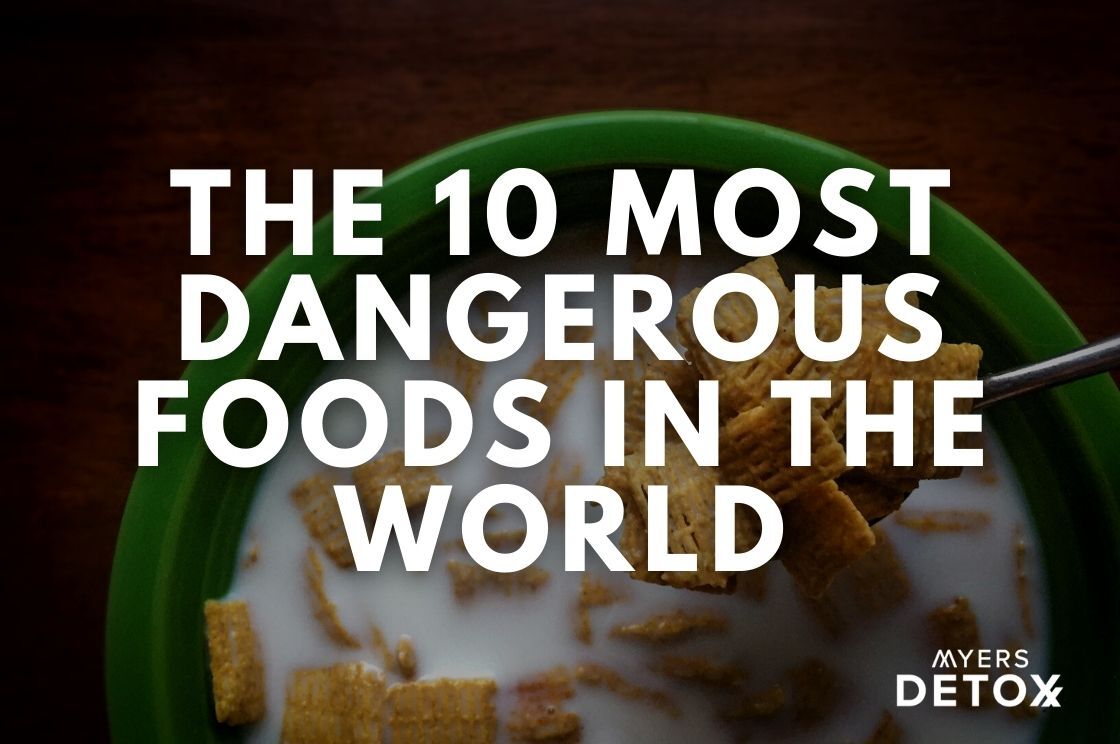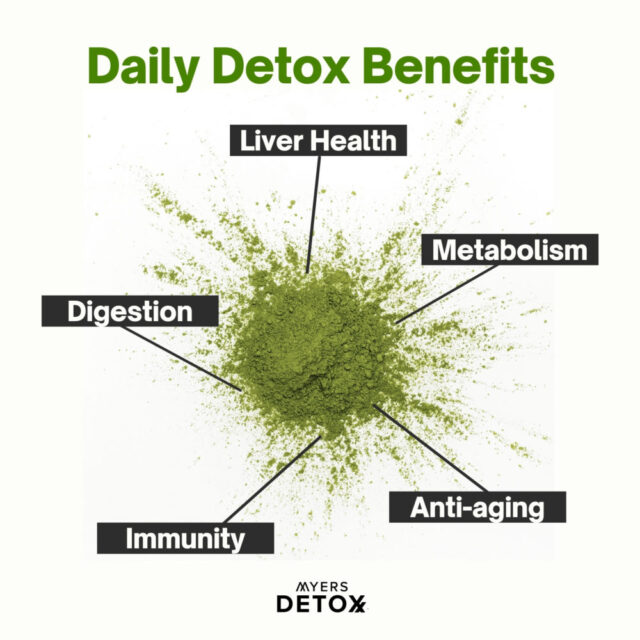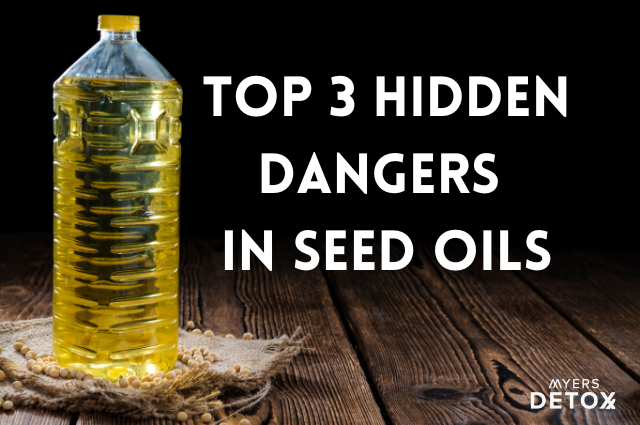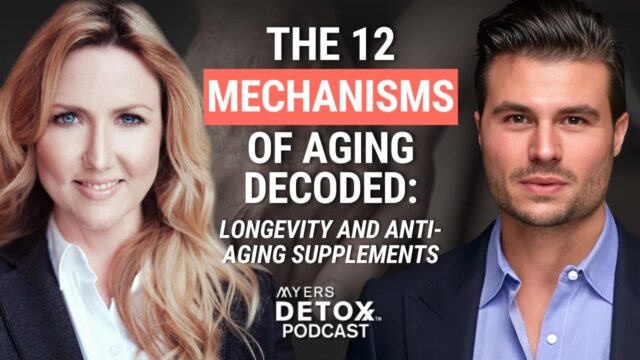If there’s anything that the health crises of the 21st century are teaching us, it’s that diet plays a vital role in your overall health. Metabolic diseases like diabetes and heart disease are continuously on the rise, and the culprit can be found in your refrigerator, pantry, and freezer.
While there are many foods out there that toe the line of “unhealthy,” a handful of foods are downright dangerous. In this article, you’ll learn:
- How some of the most common staples in your diet could be compromising your health
- Why knowing the origins of your food is crucial
- How farmers are knowingly contaminating your beef and dairy
- Which foods are hotbeds for heavy metals and other toxins
The 10 Most Dangerous Foods In The World
#1 Sugar
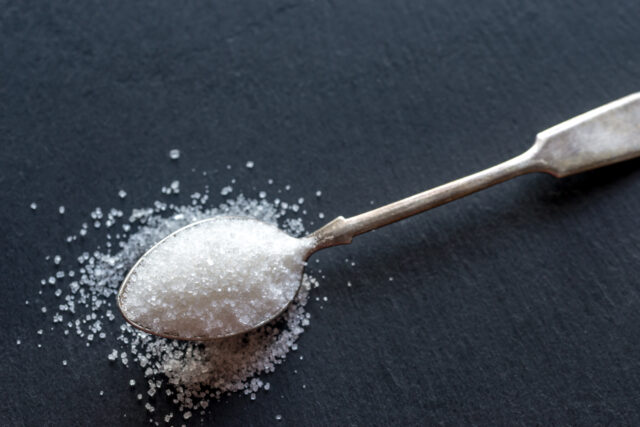
Sugar is public enemy number one when it comes to the slew of metabolic issues we see today. The problem with sugar is that you can intentionally avoid the obvious sources of this ingredient (ice cream, cookies, candy, etc.) and still be consuming more than your fair share.
Some common foods that sugar is hiding in include:
- Protein bars
- Sauces
- Bread
- Salad dressing
- Sports drinks
- Nut butters
- Yogurt
And truly, this is just a snapshot; there are many many more products out there that are unassumingly loaded with sugar.
So, what’s the issue with sugar? Sugar is a common name used to describe a compound called sucrose, which is made up of glucose and fructose.
Glucose from sugar is rapidly available for breakdown and absorption, which creates a spike in your blood sugar. Furthermore, excess glucose levels in your blood can create something called AGES (advanced glycation end-products). AGES form when a protein or fat molecule combines with glucose. Once formed, AGES can cause oxidative damage and inflammation in your body, leading to the development of diseases like cardiovascular disease and diabetes[1][2].
The fructose found in sugar can also cause issues as this molecule is processed through your liver. In the next section, we’ll go more into the issues with fructose, but one of the most concerning outcomes of excess fructose consumption is the development of a type of liver disease called fatty liver[3].
Sugar in all its forms is also significantly involved in the development of obesity due to its relationship with the hormone insulin. As mentioned, too much sugar in your blood is a very dangerous thing as it can cause the production of AGES. To mitigate the harm of too much blood sugar, insulin comes in to help shuttle glucose out of your blood and into your cells to be used as fuel.
The problem is, if the amount of sugar going into your cells is greater than your current energy needs, all that excess glucose gets turned into fat. This is one of the reasons that we have seen a sharp rise in obesity as sugar consumption in the US has grown in the last 30 years[4].
#2 Soda (Coke, Pepsi, Sprite, etc.)
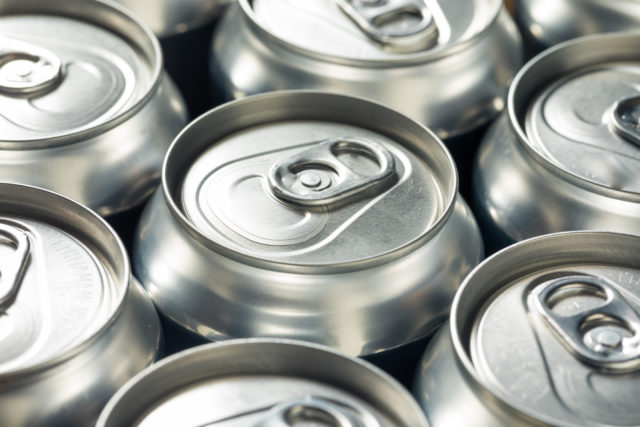
Beverages like Coke, Pepsi, Sprite, Ginger Ale, and so on are all sweetened with high-fructose corn syrup(HFCS). Unlike sugar, HFCS is just made up of fructose — the molecule that your liver must process.
There are a couple of reasons that HFCS is so dangerous to your health:
- The role it plays in fatty liver disease.
- It doesn’t stimulate your hormones in the same way glucose does, which creates metabolic confusion and obesity.
When you consume fructose in its natural form (primarily from fruit), it’s sent to your liver for processing before it can be transformed into glucose to be used as fuel. This is a natural process that helps your body use the sugars in fruit to allow for slow and steady fuel absorption.
The problem is that with HFCS, you end up bombarding your liver with fructose — much more than you would get in its natural form. Because of this, your liver isn’t able to process it all, and as a result, a good portion of fructose gets transformed into fat. This is why fructose consumption leads to fatty liver disease.
Fatty liver disease (also called non-alcoholic fatty liver) sets the stage for inflammation and can even lead to liver damage, and in the worst-case scenario, liver cancer[5].
But what about obesity? Many people assume that because fructose doesn’t cause spikes in blood sugar and the subsequent insulin response that leads to fat storage that it’s a better choice for weight management. Unfortunately, nothing could be farther from the truth. In fact, research shows that the consumption of sugar-sweetened beverages like soda is one of the most common causes of weight gain in the US.
This is due to the metabolic confusion that takes place when you consume HFCS. While glucose will naturally trigger insulin and signal to your body that fuel is available, fructose doesn’t signal your hormones in the same way. The result is that although your body is getting fuel, your brain doesn’t get the message. This creates more cravings and less satiety, as your hunger hormone ghrelin stays active, and the hormone leptin tells your brain to store more fat[6].
To make matters even worse, soda that has a brown color, like Pepsi and Coke, is colored with a compound called 4-methylimidazole (4-MeI), which has been identified as a potential carcinogen despite the FDA’s approval[7].
#3 Diet Soda
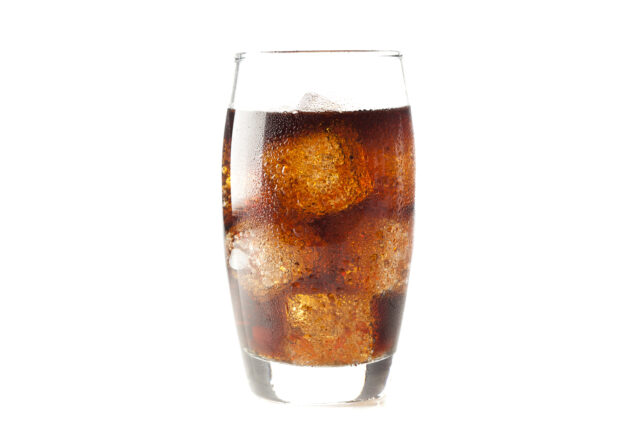
Okay, so if sugar and HFCS are so dangerous, let’s just go the sugar-free route, right? Not so fast.
Although it may seem like a pretty easy alternative, diet soda comes with its own health risks. In place of sugar, diet soda uses artificial sweeteners, which are really just chemical compounds that impart a sweet taste on your tongue — but have no place in your body.
Most diet soda is made with aspartame, a chemical that’s been linked to neurological and behavioral issues like learning problems, headache, seizure, migraines, irritable moods, anxiety, depression, and insomnia.
The exact mechanism for this correlation is unclear, but It’s hypothesized that aspartame can increase the release of compounds in your brain that inhibit the synthesis of neurotransmitters like dopamine, norepinephrine, and serotonin, which are crucial for neurophysiological activity[8].
Furthermore, despite the assumption that “diet” soda will help with weight loss and benefit those with diabetes, research shows that aspartame can alter your gut microbiome and actually increase the development of obesity and insulin resistance[9].
#4 Fried Food

Many people assume that friend food is bad for your health because it’s rich in fat. The truth is that it’s not the amount of fat in fried food that’s the problem, but rather the type of fat.
Most fried food is made with vegetable oils like soybean oil or canola oil. When these oils are heated during their processing, they produce trans fats, which are a type of fat that’s only found in very small amounts in nature[10].
When you consume fat of any kind, your body uses them to build your cells (particularly the cell membrane). Your cell membrane is made up of a lot of different compounds, but a very large portion is fats like unsaturated fatty acids, saturated fatty acids, and cholesterol. These different molecules work together to build the integrity of your cells and allow for the proper transport of nutrients in and waste out.
The problem with trans fat is that it really has no place in your cells. Its structure opposes the other molecules, and it creates an unstable membrane that directly affects the function of your cells. It would be like trying to replace solid wood beams in your home with plastic tubes — it wouldn’t work.
The result of consuming too much trans fat is dysfunctional cells with impaired communication and inhibition of vital processes like hormone signaling[11].
Furthermore, research shows that consuming trans fat may increase inflammation, LDL cholesterol, heart disease, fatty liver disease, and oxidative stress[12][13].
#5 Conventional Beef
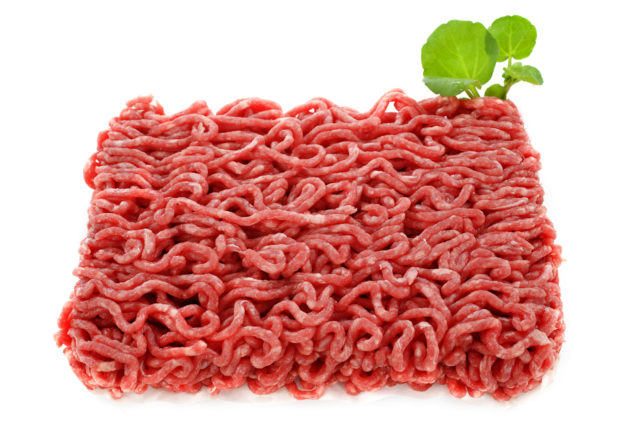
Unless the meat you buy explicitly states “organic” and “grass-fed,” you’re safe to assume that it’s conventional meat. You may also see labels such as “hormone-free” and “antibiotic-free,” which are steps in the right direction.
The primary issue with conventional meat is that it’s raised in a factory farming situation. This means that the animals are pumped with antibiotics to keep them “healthy” and fed a diet that’s full of GMO grains their bodies aren’t meant to digest.
On a farm that produces grass-fed beef, the animals are allowed to roam freely and aren’t kept in tight quarters. This is ideal for the health of the animals as they can consume a diet that’s meant for them, and the risk of disease is much lower. On conventional farms, however, the sheer number of animals increases the risk of disease manifold, which is why they’re regularly given antibiotics to stave off illness[14].
The problem here is that the antibiotics these animals are given go directly into your body when you consume them. Furthermore, their feed is higher in inflammatory omega-6 compounds, which are then incorporated into the cells and tissues of the animal, and you guessed it…into your body when you consume it[15].
One of the biggest concerns with the increased use of antibiotics in both humans and animals is antibiotic resistance. Antibiotic resistance is an increasing trend in the medical world, where microbes are becoming resistant to the effect of antibiotics. It’s hypothesized that the rampant use of antibiotics is making them less effective, and microbes are becoming smarter. As this trend continues, the human population becomes increasingly more at risk for infections[16].
#6 Conventional Dairy
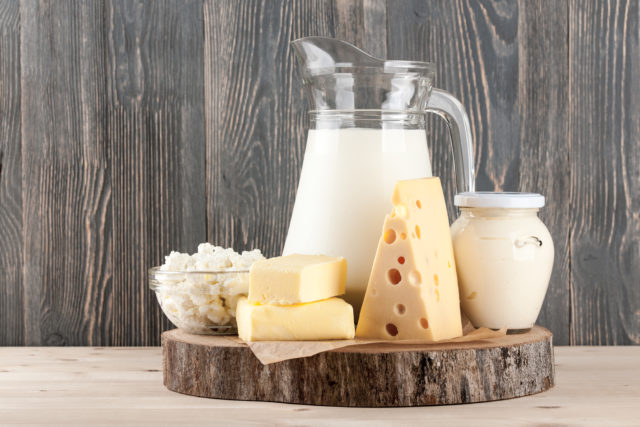
Cows raised for dairy production in the United States not only come with antibiotics but they’re also pumped with hormones that are meant to help the animals produce more milk.
Recombinant bovine somatotropin rBST, also known as synthetic bovine growth hormone, is FDA-approved but banned in several countries due to the harmful effects it can have on your health.
As a hormone, rBST may mess with the delicate balance of hormones in your body and create serious endocrine disruption. Research shows that in cows that are administered rBST, changes in several hormones can be seen, such as insulin-like growth factor (IGF-1), estrogen, and progesterone. These hormones play a crucial role in growth and development, along with fertility[17].
Even more frightening are the studies that link these hormonal changes (especially IGF-1) to breast cancer[18][19].
And unless your bottle of milk directly states that rBST is NOT in there, you can assume that it is.
#7 Rice
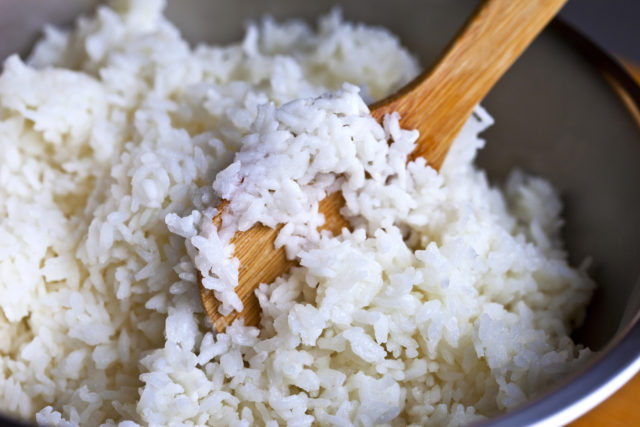
Rice may seem innocent enough; it’s not highly processed, it doesn’t contain any strange fats or sugars, and it’s just made from one simple ingredient — but rice has a dirty secret.
When rice plants are growing, they take up more of the heavy metal arsenic than most other plants. As a result, most of the rice you see on store shelves is loaded with this toxic compound. To make matters worse, it’s the highly toxic form of arsenic (inorganic arsenic) found in rice, as opposed to organic arsenic, which has a milder effect.
Arsenic is incredibly dangerous for your body, with research showing that toxic levels of this metal may interfere with gastrointestinal, cardiovascular, hematological, pulmonary, neurological, immunological, and reproductive/developmental function[20].
Furthermore, Inorganic arsenic is considered a first-level carcinogen as long-term exposure is associated with an increased risk for various types of cancer, including skin, bladder, lung, kidney, liver, and prostate[21].
The good news is that arsenic does not have the same affinity to other grains such as millet, quinoa, and amaranth. Therefore, you can replace your rice with these grains without a problem. If you really love your rice, stick with white rice as most arsenic is found in the bran, which is only present in brown rice.
#8 Fish
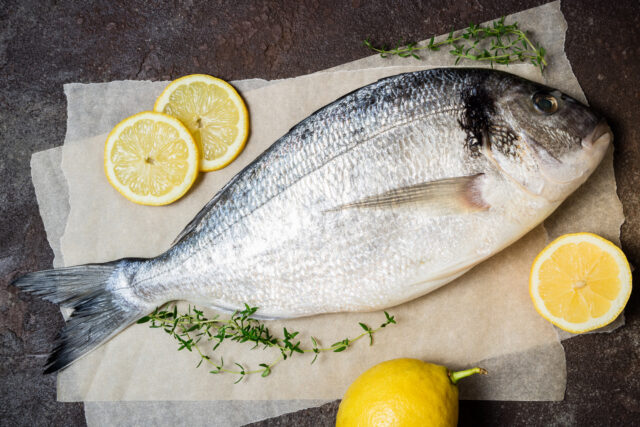
Many health experts tout the benefits of fish, particularly due to their high levels of omega-3 fatty acids. While it may be true that fish are an excellent source of omega-3’s, the environment they live in is nothing short of a toxic wasteland.
Fish not only accumulate harmful levels of heavy metals, especially mercury, but they’re subject to the vast toxic compounds that are polluting our oceans. One of the most under-reported toxins that you’ll likely never hear about in fish is cesium, which is a byproduct of nuclear fallout.
In fact, Japan is still dealing with cesium-contaminated water from the Fukushima nuclear disaster that happened over ten years ago! They’re dumping this toxic water into our oceans and poisoning the fish and wildlife. And of course, when you consume those fish — it’s poisoning you too.
When you ingest cesium, it can cause damage to your cells and interfere with the function of potassium. This results in cramps and heart palpitations, along with mitochondrial dysfunction and fatigue[22].
Learn more about avoiding contaminated fish in my Seafood Survival Guide.
#9 Cereal
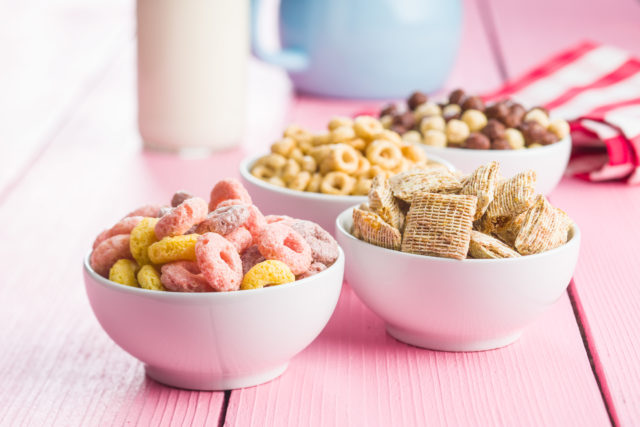
Cereal is one of those products that can fly under the radar when it comes to dangerous foods. No one really thinks of cereal as all that bad, especially the “healthy” cereals out there. But make no mistake, eating cereal is just as bad as eating cookies, cake, ice cream — in other words, it’s a glorified dessert.
With very few exceptions, cereal is one of the most concentrated sources of hidden sugars. As we’ve covered in detail above, sugar can be detrimental to your health, especially if it’s consumed regularly. But cereal manufacturers don’t just stick to sugar; they’ll often throw in some high-fructose corn syrup as well.
To make matters much worse, many cereal manufacturers also use artificial coloring. You knew that fruit loops cereal wasn’t made with actual fruit, but did you know those bright colors come from toxic chemicals? While many manufacturers are starting to move away from these highly toxic substances, you can still find red dye #40, blue #1, yellow #5, and more in your favorite cereals.
And if that’s not enough to turn you off, many cereals also include preservatives like BHT, which is known to cause cancer in animals[23].
#10 Baked Goods

Baked goods are another category covering many of the same issues we’ve seen in the other dangerous foods on this list.
It should be said that some companies out there do a good job of using high-quality ingredients, but they are the exception, not the rule.
Many manufacturers that make baked goods use harmful ingredients like vegetable oils (trans fat), sugar and HFCS, preservatives, artificial colors, and more often than not, they’re made with wheat.
While some people find that they can tolerate wheat just fine, many people have a difficult time with wheat due to the protein gluten. For gluten-sensitive people, digestion can become disturbed, creating symptoms like gas bloating and diarrhea. Some people even feel neurological symptoms like anxiety, headache, and brain fog[24].
While the root of gluten sensitivity is not fully understood, we know that in the United States, 100% of wheat is genetically modified (GMO). Furthermore, over the last 100 years, wheat has been modified to include more gluten, which may explain the correlating issues that we’re seeing with gluten sensitivity today.
How to Replenish Nutrients and Support Your Body’s Natural Detox of Harmful Pollutants
You’re exposed to environmental toxins 24/7 – and as we have learned intros article, even though common diet staples! – and they’re quietly building up in your body, sapping your energy and making you fat, sick, foggy, and weak.
In order to look and feel your best, you need to support your body in its natural detox process so it can get those toxins out.
That’s why I created Daily Detox.
This detox powder blend includes an all-encompassing array of foods and herbs that provide support for:
- Liver health
- Metabolism
- Digestion
- Anti-aging
- Immunity
One of my favorite ways to get my Daily Detox in each day is with a smoothie. This not only supercharges your smoothie with nutrients, but it saves you time and money by consolidating everything you need into one powder. That way, you can focus on the fun part of making a smoothie — choosing the ingredients that make it tasty.
Here are three of my favorite detox smoothie recipes.
Takeaway
When you hear “dangerous food,” you likely think of food poisoning or mushrooms that look safe but can actually kill you. The sad truth is that our grocery store aisles are packed with dangerous food — vetted by the FDA and brought to you by US farmers.
So, what are you to do? Do you have to plant your own garden and become vegan? Fortunately, no.
What you can do, however, is become much more aware of the ingredients in your foods. Any packaged food has to include an ingredient list, which means you get to scrutinize what is actually in there.
And when it comes to animal products, you can look out for your health by choosing products that clearly state “antibiotic and hormone-free.” Organic and grass-fed is even better.


